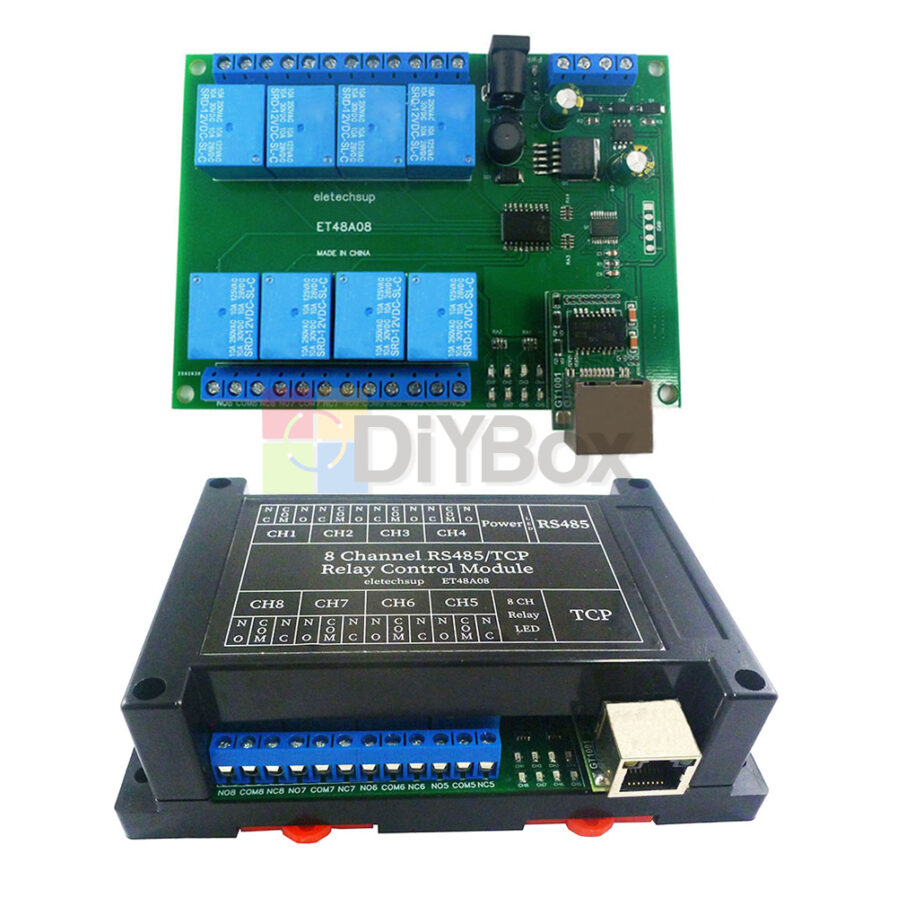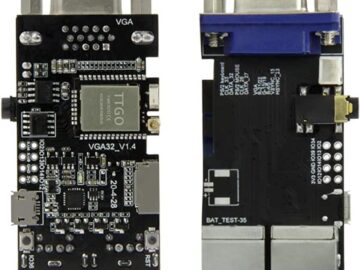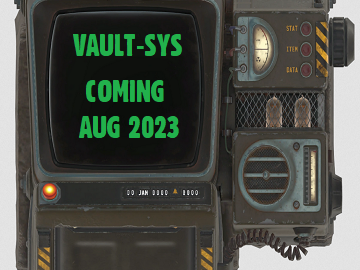One of the reasons I originally preferred other protocols was the expense of modbus in setting up basic control systems for switches and analog devices. Around 2004 when I began writing some code to control a modbus device by RTU or TCP/IP, I think I spent $112.00 USD (200.00+ Australian) just to get a simple modbus controller with some DI/DA/DO connections. This seemed prohibitively expensive at the time to expect people to spend a $1000.00 or more on modbus points around their shelter. It’s the reason I continued to prefer simple parallel ports ($10 for an 8 relay control board) over anything else even though it was a legacy for the most part on most computers nowadays.
Prices dropped dramatically on these kinds of boards and now a modbus controller for 8, 16 or even 32 relays can be picked up pretty cheaply, almost always under a hundred and I have gotten quite a few 8 relay controllers for $20 on EBay. Wait, that isn’t the end of it. What used to be a pretty fancy feature on a modbus board … built-in network connection to Ethernet cable has become standard.
This simplifies the process of remote control over the shelter to an incredible degree. If every device can be plugged into the ethernet cable and derive both power and control signals from that line (very easy to set up with a $3 adapter to plug 12v/5v into the ethernet with a single jack, including USB) and every device can be assigned its own unique IP4 address (all these boards come with toggles for this), all the master server has to do is send RS485 control packets over the network with the right addressing. Everything else is abstracted out significantly that design of the “device” is possible in a web page for a new user. I had these manifest designers working last year in a very simple HTML tree structure and it is not daunting for laymen – in fact it is very intuitive even if you don’t read any documentation.
It’s a uniform model of SCADA/HMI which has been tested for decades in industrial settings. The thing is these devices used to have industrial prices and now they’re giving them away, putting them into the budget range for almost everybody. Since the price of modbus is competitive with other protocols, I think it will be the default protocol for version one and streamlined versions of VAULT-SYS that require small embedded profiles. For those who may not be familiar with it, modbus and RS-485 are uniquely robust at surviving EMP, EMF, load balancing problems and who knows what conditions you might expect to encounter in shelters running lines around generators, water pumps, float tank sensors and magnetized door locks.
The other protocols will eventually be supported, including RS-232, RS-232 TCP, CANBUS, I2C, SPI, TTL, USB, Lanbus and others. I have prototype modules for many of those running already. The first version will come modbus enabled and after that time permitting I will add any module I can spare the time to work on.





